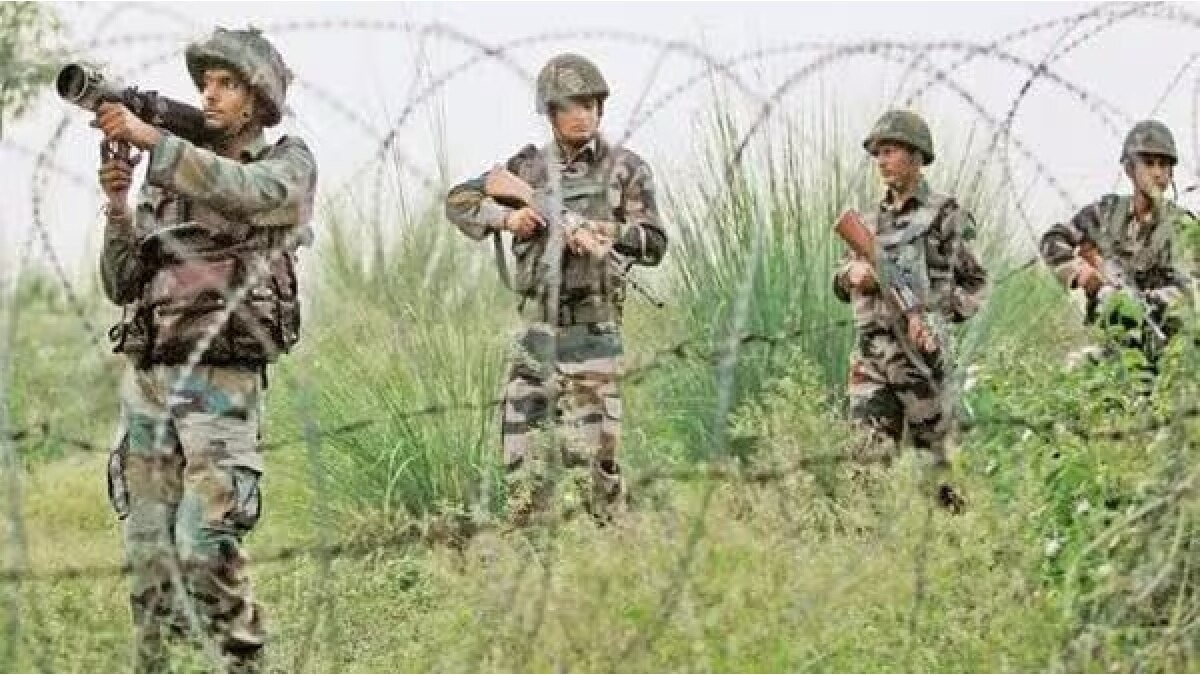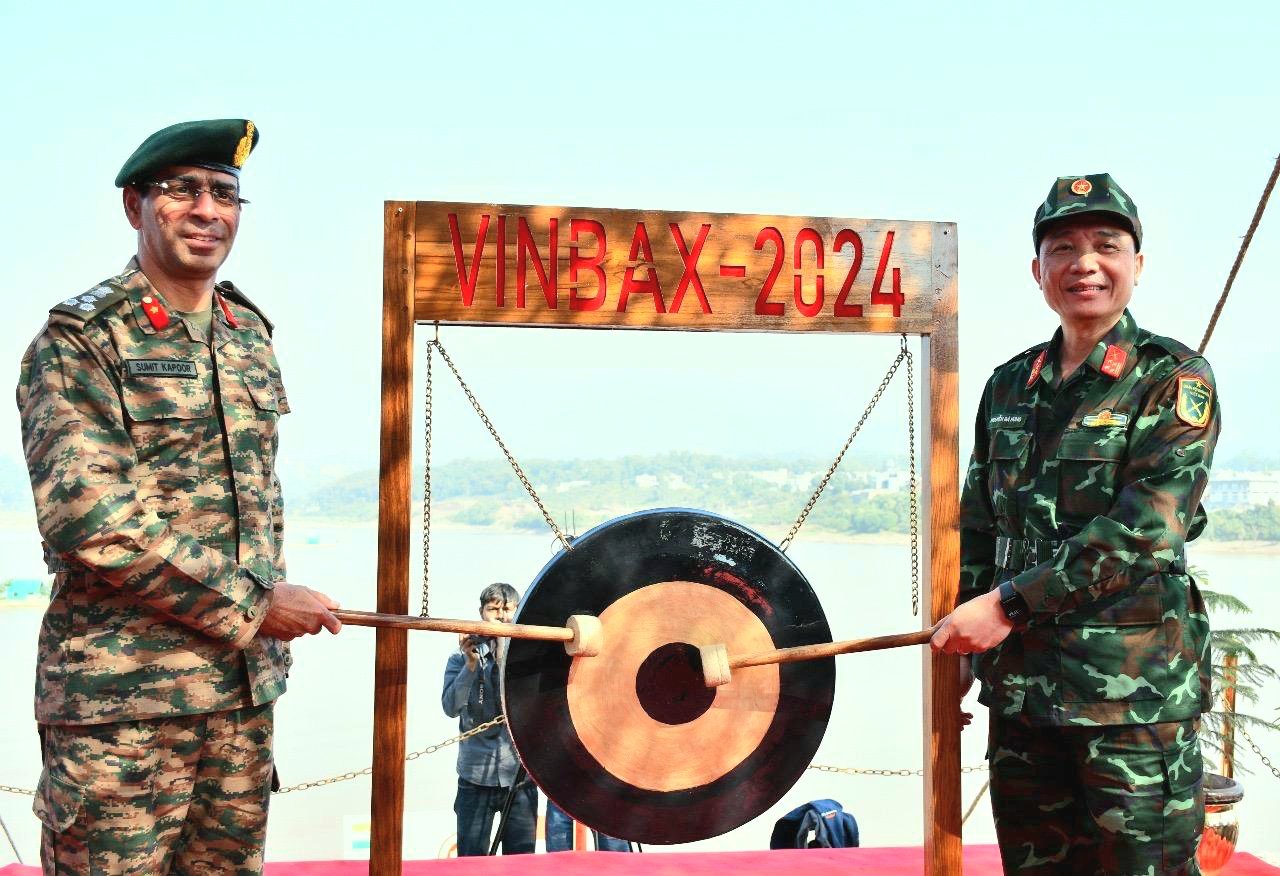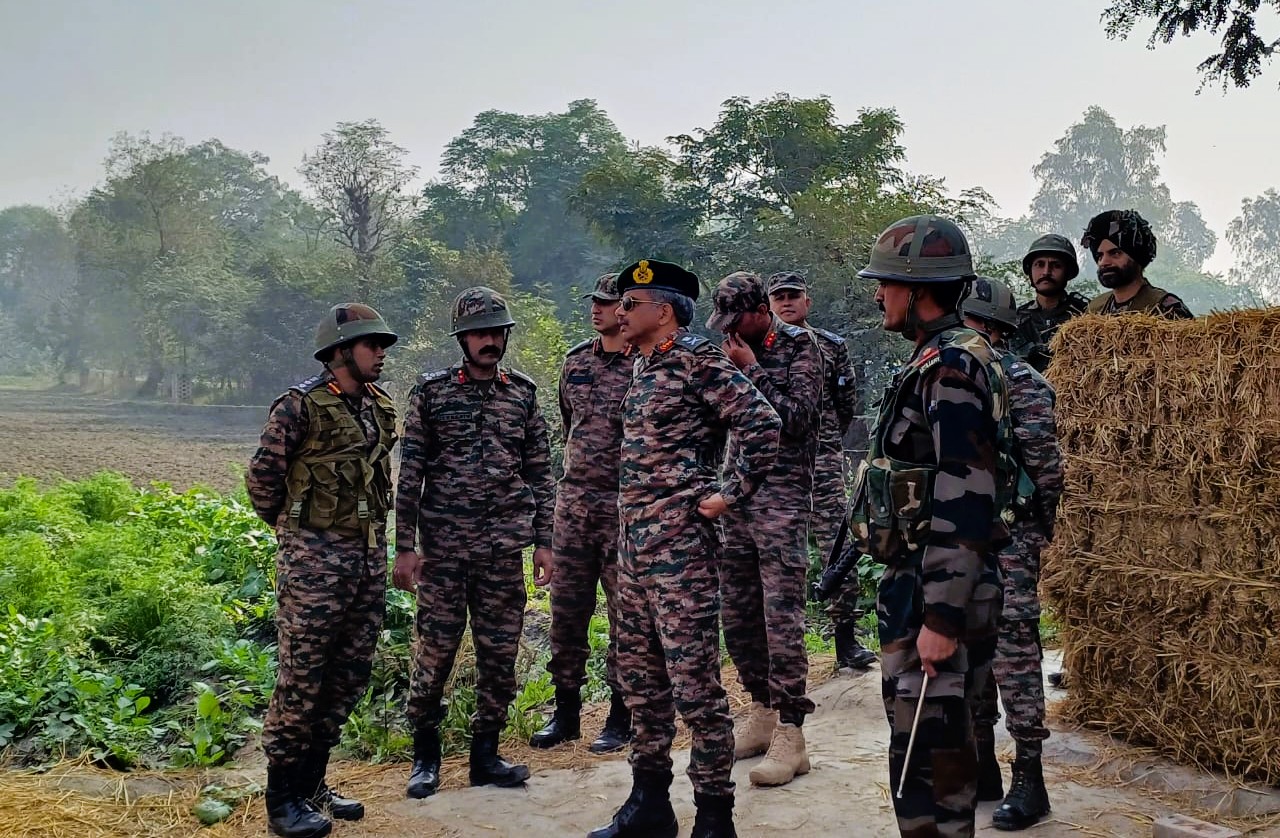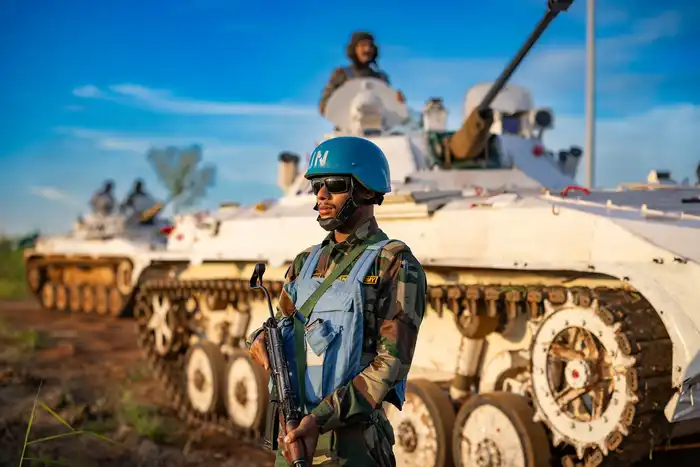Indian Army to Induct Domain Experts for Technological Advancement and Modern Warfare Preparedness
The Indian Army is embarking on a significant transformation by inducting domain experts into its regular cadre, aiming to enhance…
India-Vietnam Joint Military Exercise VINBAX 2024 Concludes Successfully
The fifth edition of the bilateral military exercise between India and Vietnam, VINBAX 2024, culminated today with a closing ceremony…
Army Commander Reviews Operational Preparedness of Golden Arrow Division
The operational readiness of the Golden Arrow Division was under the spotlight as the Army Commander conducted a comprehensive review…
Indian Troops in UN Peacekeeping Operations in Lebanon Remain Safe Amid Escalating Tensions
Indian troops participating in United Nations peacekeeping operations in Lebanon are reported to be safe amidst rising tensions in the…
Poonch Day 2024 Celebrates 77 Years of Courage and Bond Between Poonch Residents and Indian Army
In a heartfelt observance, around 5,000 veterans gathered in Poonch to celebrate the 77th anniversary of the Poonch Link-Up Day,…
Indian Navy Faces Scrutiny After Submarine Collides with Fishing Trawler Off Goa Coast
A Scorpene-class submarine of the Indian Navy collided with a fishing trawler off the Goa coast during the operation “Sea…






